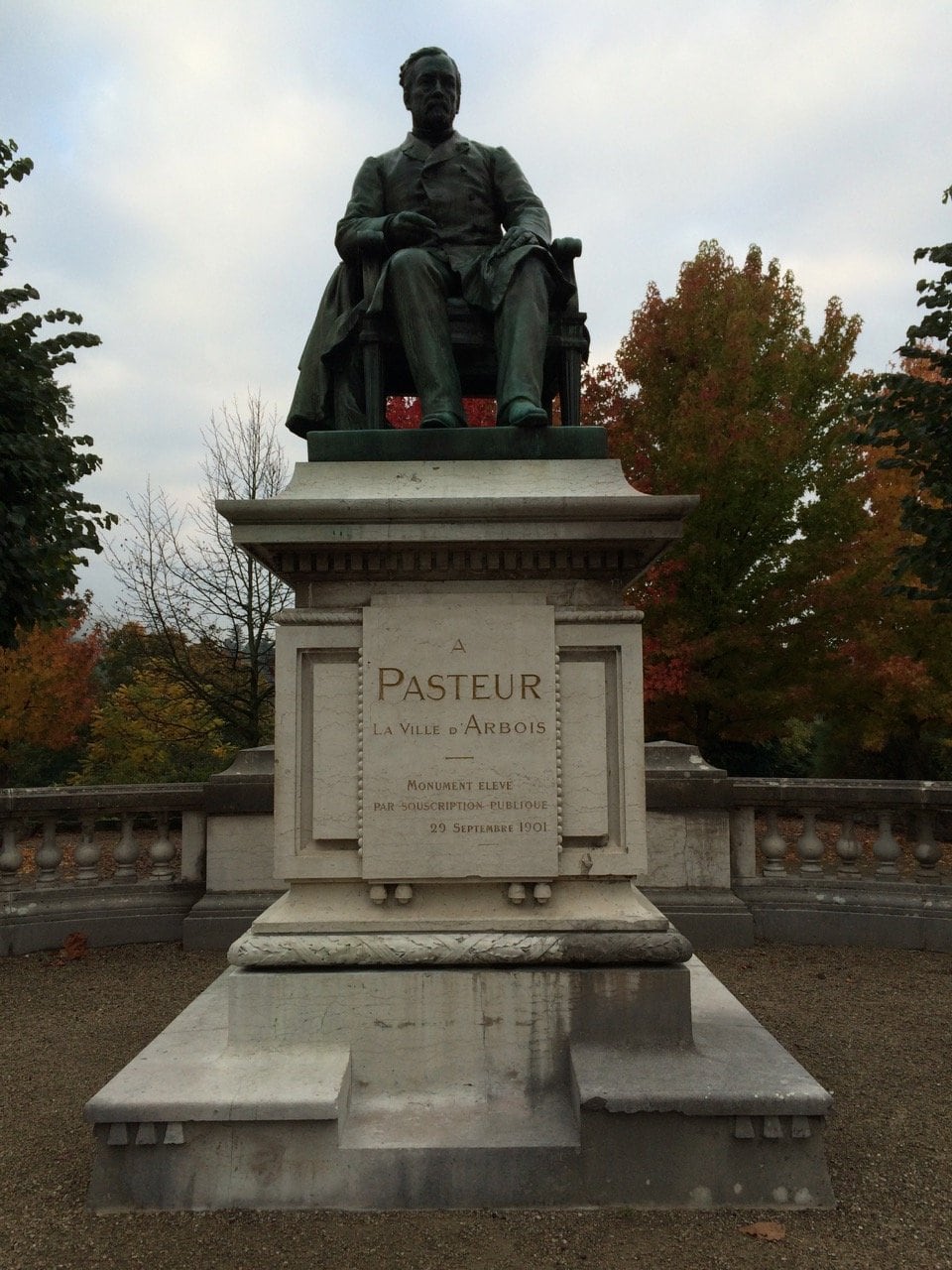Raw or unpasteurized, that’s really the question. Every now and then it creates some fuzziness when I talk about raw milk rather than unpasteurized milk. I try to be consequent in using the noun raw milk, but by all means you will sure find unpasteurized used somewhere in here. I will try to explain the difference and why I prefer to call it raw milk. I must admit, though I think this is a Norwegian thing, people getting confused by the difference. Raw milk in Norwegian is “rå melk”, (almost the same) but we have a word raw milk in one word; “råmelk” which means Colostrum. That’s the reason why I think most Norwegians describe raw milk or cheese as unpasteurized. And when the general public describe something as from raw milk they usually use the wrong word; i.e. colostrum. Enough of that. In case you’re not quite into Colostrum, it is the first milk a mammal has after having given birth. Cows, goats and humans alike.

Raw = untreated
Raw milk is milk that has not been treated in any way. Just like raw vegetables, they’re not cooked or treated in any other way. We’re all familiar with that. While it is quite common to talk about raw fish, raw meat, most people are somewhat unfamiliar with raw milk. Could be because raw milk has been described as something of the most dangerous you can deal with.
Raw or unpasteurized?
While I prefer to use the concept raw milk, it is more common, in this country at least, to use unpasteurized. But is the same? The answer to that is NO. Unpasteurized milk does not necessarily mean it is raw. It may be, but it is not given. To put it straight; raw milk is always unpasteurized, but unpasteurized milk is not always raw.
What is pasteurization?
Useful to explain, perhaps. Pasteurization is heating milk (or a lot of other substances as well, but now we’re talking about milk) to about 75 degrees C (72 to 75 degrees) for 15 seconds and then cool it quickly to four degrees C. There are other means of pasteurization as well, but the described is the most common way of doing it. Some prefer to call this method low pasteurization. But if milk is pasteurized it is pasteurized. Same thing as with pregnancy. Either a woman is pregnant or she is not. Whether that was caused by long, intimate and hot sex or “wham bam, thank you Mam” is not very interesting in this context. Same result either way. Enough said about that. Pasteurization kills all pathogens, if any, and of course all the fabulous heroes that’s in the milk.
What does it take for milk to be raw?
Raw milk is according to Codex Alimentarius milk that has not been heated above 40 degrees C. Once above the 40 degrees C mark, it cannot be defined as raw anymore. But it is still far from being pasteurized. Then we have thermized milk. Heated till about 62 to 65 degrees C for 15 to 20 seconds. This method is oftentimes used to extend life of milk with a few days where cheese making is not done every day.
So that’s the reason why I prefer the description raw milk to unpasteurized.
Some will say this is nit-picking, but I think if I accept unpasteurized as a concept, I also accept that pasteurization is the standard or the basis, which it isn’t. All milk right from the udder is raw.
